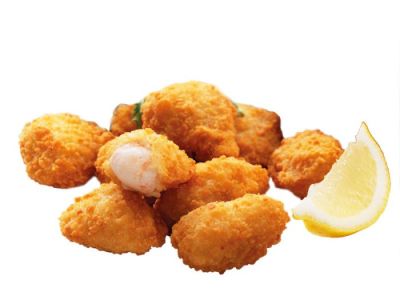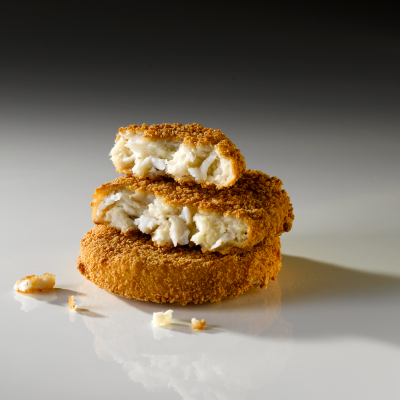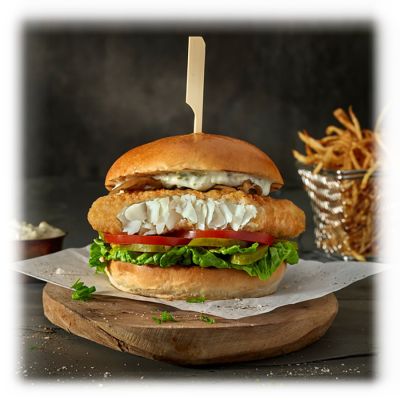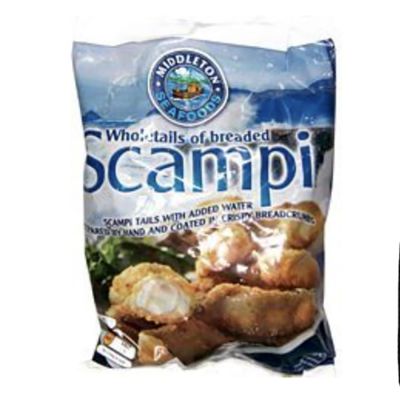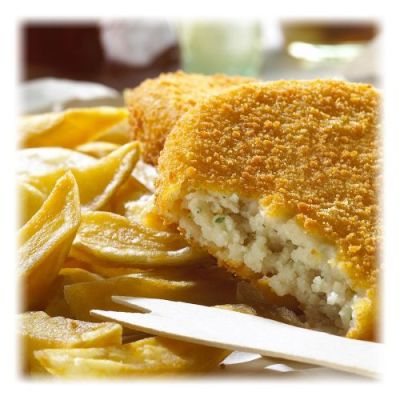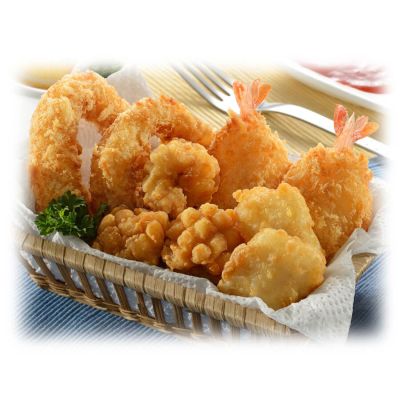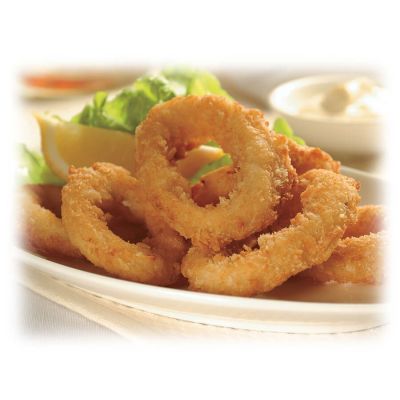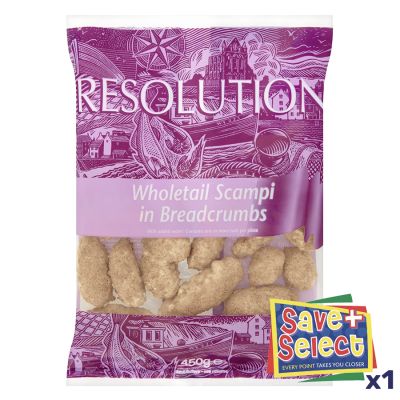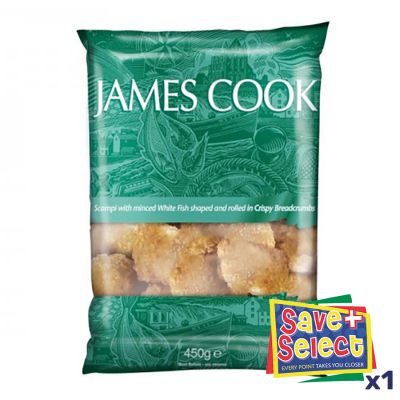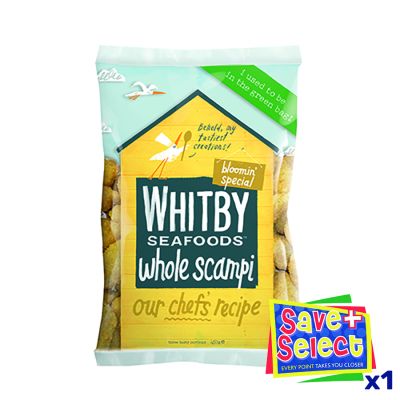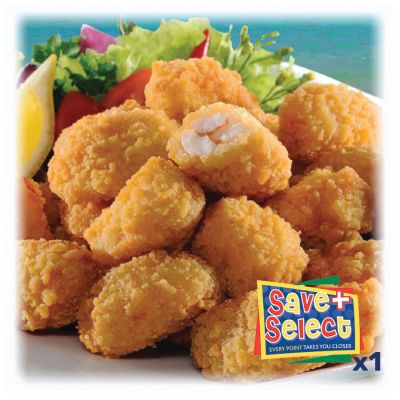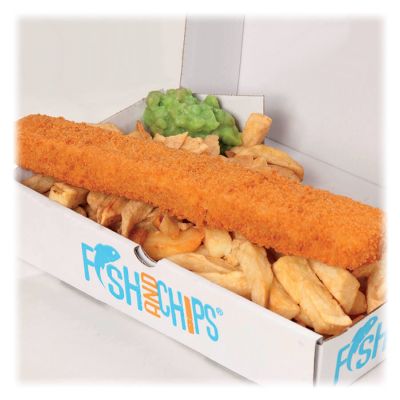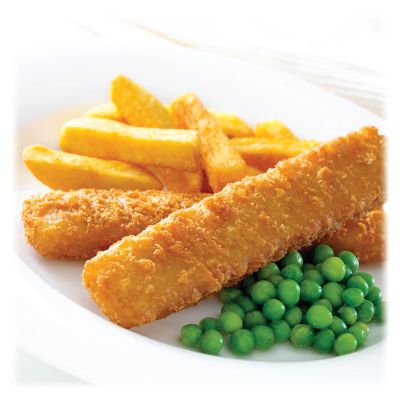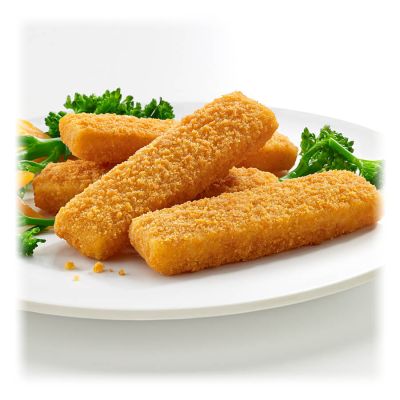Call 01706 364211 Email Us
V.A.Whitley is a member of FASFA (Frozen at Sea Fillets Association).
What is FASFA?
FASFA was formed as the Frozen at Sea Fillets Association in 2000 to create trade and consumer awareness of the very high quality of Frozen At Sea Cod and Haddock.
Who are FASFA members?
Members of FASFA include vessel owners from Russia, Norway, Iceland and the Faroe Islands as well as importers and distributors in the UK.
How FASFA helps members and the fish and chip shop industry…
FASFA seeks to collectively promote the benefits of Frozen at Sea Fish and to support the fish and chip shop industry in the UK by supporting events such as National Fish and Chip Day, The National Fish and Chip Awards and the NFFF Fish and Chip Quality Award. It is a central source of information and industry news regarding the technology and production of Frozen at Sea Fillets from Sustainable fish stocks.
Here’s a bit more…
Most fish and chip shops in the UK now buy frozen at sea (FAS) fillets - caught in the icy, clear Arctic waters of the Barents Sea and the North Atlantic. Nine out of ten UK fish and chip shops use frozen at sea cod and haddock all the time and we estimate that 98% use Frozen at Sea fish at some time every year.
The number of shops selling fish and chips has grown from approximately 8,600 to 11,500 over the last decade and sales of fish and chips are growing at around 6% annually. The sector has a turnover of £650 million, so this is a huge market.
Cod is the most popular fish sold in fish and chip shops accounting for 62% of fish sold. Most of the cod we eat is sourced from outside of EU waters - only about 5% of the cod we eat is caught from waters close to the UK. Nearly all the cod used by fish and chip shops is caught in the icy Arctic waters of the Barents Sea and around Iceland and Norway.
Haddock accounts for 25% of fish sold in fish and chip shops. The majority of the haddock eaten in England comes from the Barents Sea and Iceland and is subject to exactly the same stringent international management regimes as cod. In Scotland, haddock is more likely to come from the North Sea.
Other whitefish such as plaice and whiting are also popular.
Customers have always wanted quality and value from their fish and chips. Today, with increasing awareness of dietary health issues and the state of the world’s oceans, it is important that fish and chip shop owners act in a responsible manner, heeding the needs of both the environment as well as those of their customers when buying fish.
Benefits and Information on Frozen at Sea Fish…
- FAS fish are caught, processed and quick frozen on the fishing vessel. Once onboard, each fish is filleted, graded, packaged and carefully frozen within five to six hours maximum.
- This Frozen at Sea method of production means that all nutrients, freshness, goodness and taste are retained without compromising quality.
- As a means of long-term preservation and storage, it greatly extends the shelf-life.
- Relevant fish stocks are well-managed, readily available and are natural wild, rather than farmed.
- Supply is secure for the future and prices are fairly stable.
- Frozen seafood is available throughout the year, eliminating seasonal fluctuations.
- There is minimal wastage as the end user only defrosts as and when they need the fish.

